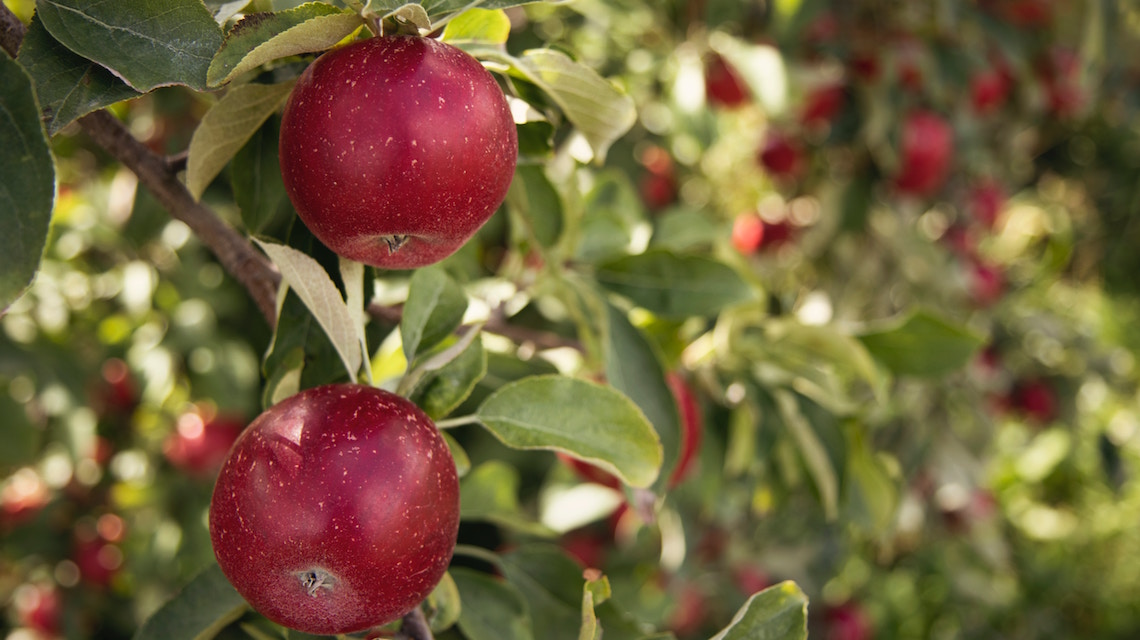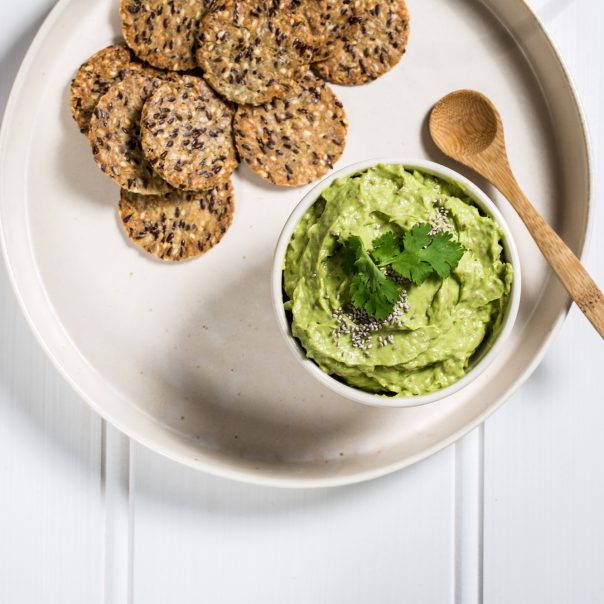Summer may soon be ending, but that doesn’t mean the good times are over! One of the things we love most about cooler weather is the excuse to stay indoors and cook up something delicious. And, it just so happens that many of our favourite fruits and vegetables will be coming into season right about now.
While our global marketplace does not really limit us to eating only what’s in season, it begs the question: just because we can eat what we want year-round, should we? How are these foods grown and where are they coming from? Do they really taste as good out of season? And what kind of repercussions does it all have on our health and environment?
When picked in season, fruits and vegetables boast a range of vitamins, minerals and phytochemicals natural to the amounts of warmth, sun, and water they receive when growing. This is one of the main reasons why they tend to have brighter colours and richer flavours. Seasonal foods are a way of reconnecting with the organic cycle that nature intended for us, and studies have shown that eating the right kinds of foods during the right times of year (and avoiding them otherwise) can make a surprising impact on our health.
Typically, the out-of-season fruit and veg we see at the local supermarkets are being glossed and sprayed with preservatives and waxes to keep looking fresh. If artificial or chemical preservatives are consumed, they can lead to health problems.
We recommend shopping at your farmers market, organic grocer or local supplier whenever possible. Choosing to eat locally reduces the number of food miles your food has to make before it reaches your table, which is better for the environment. You’ll also know that you are eating in-season, as well as spending your dollars in support of our local growers. Double tick!
So, with all that in mind, what should you be keeping an eye out as we transition into spring? Here are just a few of our favourite Fall picks:
Apples
Sweet and crunchy, these autumnal faves are packed with antioxidants, which may help prevent chronic illness and slow aging. Quince, a floral-flavoured cousin of the apple, is also at its best right now and is a fantastic addition to jams, jellies and cooked desserts — just don’t try to eat it raw!
Beets
Eaten raw in salads, roasted, or cooked into a soup, beetroots are a deliciously earthy and nutritious autumn food. They contain betaine, thought to prevent heart and liver disease, and nitrate, which may increase blood flow to the brain and potentially reduce the risk of dementia.
Brussels Sprouts and Cabbage
Brussels sprouts and cabbage belong to a special family called cruciferous vegetables. They are packed with vitamins A and C and offer high concentrations of cancer-fighting glucosinolates.
Pumpkins
Possibly the most traditional of all Fall veggies, pumpkins are the hero of the squash family. Pumpkin is a fantastic source of alpha- and beta-carotene — important carotenoids which act as antioxidants and have strong cancer-fighting properties. Pumpkin seeds are also a good source of alpha-linolenic acid, an omega-3 fatty acid that may help those with heart disease, high blood pressure, or high cholesterol.
Sweet Potatoes
Another favourite on the Thanksgiving and Christmas dinner table, these orange beauties reach their peak in Fall. Like pumpkin, sweet potatoes are rich in beta-carotene, which can prevent vitamin A deficiencies, promote healthy eyesight and generate retinol production. Sweet potatoes are also a good source of vitamin C and fibre.
Take a look at this full list of fruits and vegetables coming into season right now.


